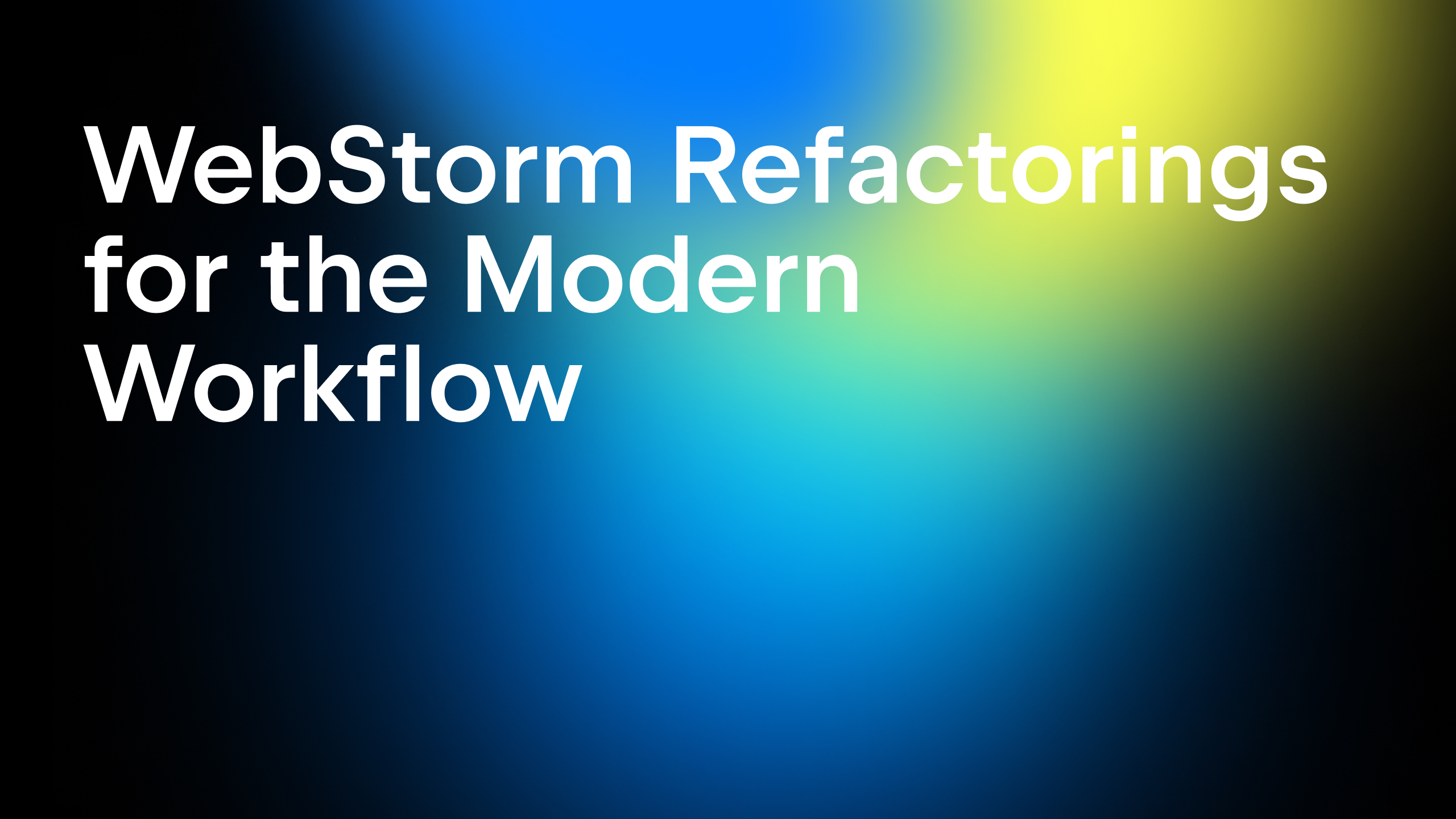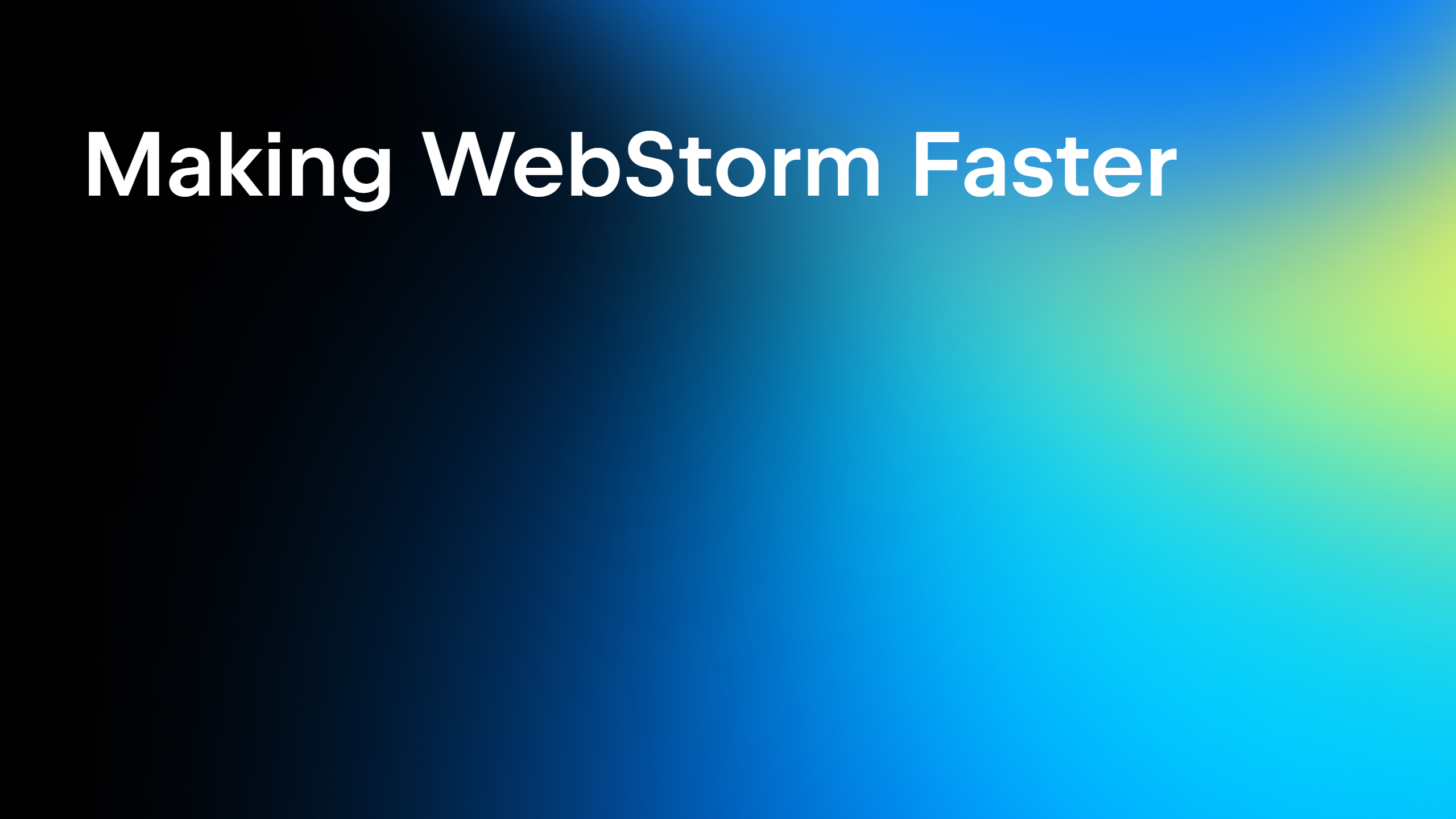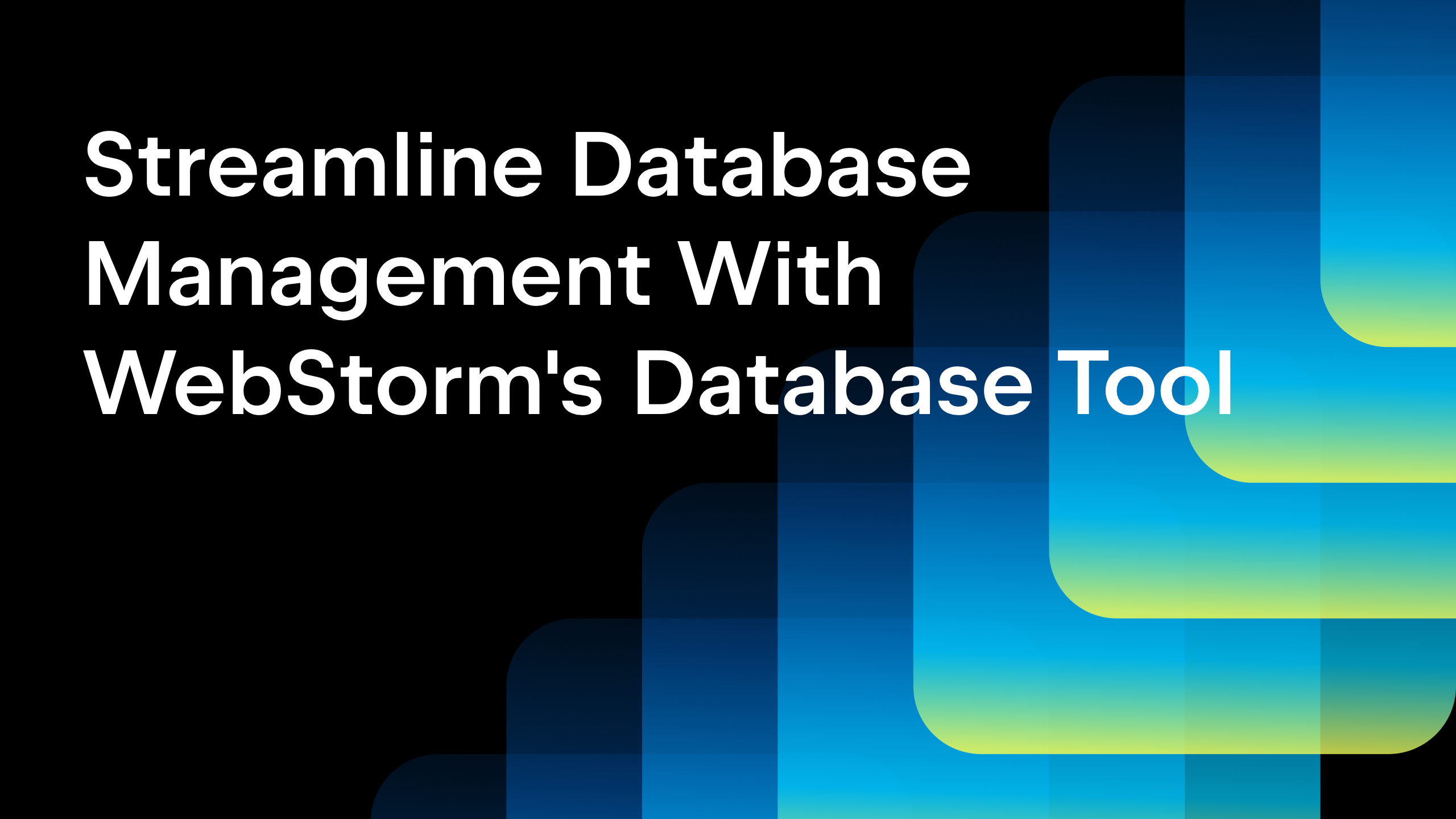Featured Plugin: JS GraphQL
Note: This post was updated in August 2021.
The GraphQL plugin is one the most popular plugins for WebStorm, IntelliJ IDEA, and other JetBrains IDEs. We want to thank Jim Meyer for the amazing work he did to build this plugin, which is now being maintained by our team.
In this blog post, we’ll have a close look at some of the key features available with this plugin and how it can help you work with GraphQL in your JavaScript apps. To get started, install the plugin from Preferences / Settings | Plugins – Marketplace.
Working with schema files
The plugin brings full support for the GraphQL Schema Definition Language (SDL). That means your .graphql file will include syntax highlighting, and as you start typing you will get suggestions for keywords, built-in and custom types, interfaces, and enums.

Press ⌘ or Ctrl and click the type name to navigate to its definition.
The plugin will check that all the types you’ve used are defined somewhere in the file, and it will show an error message if they’re not. Press ⌥↵ / Alt+Enter to fix the problem with one of the available quick-fixes.

All the familiar features like commenting, folding, brace matching, formatting, quick documentation, Find Usages, and Rename work for the GraphQL schema language.
If your schema is described in the template string in the .js or .ts file, you can use a tagged string (const typeDefs = graphql``) or you can press ⌥↵ / Alt+Enter and then select Inject language – GraphQL to enable coding assistance.

You can also use a comment to inject GraphQL in a template string. Either type #graphql inside the string or /* GraphQL */ just before the opening backtick.

Working with queries and mutations
When you write GraphQL queries or mutations inside template strings in your JavaScript or TypeScript files, you will get full schema-aware code completion for types, fields, and arguments. ⌘+click or Ctrl+click will take you to the definition in the schema file. If you press F1 / Ctrl+Q or hover over a symbol, you can see the quick documentation for that symbol.

Find Usages and the Rename refactoring will also work as you would expect them to.
Describing the environment
The GraphQL plugin relies on the .graphqlconfig file for information about your development environment. In this file you can specify the GraphQL endpoints, the location of the schema file, and the files included and excluded from the scope of the schema.
If you have a more complex project with multiple schemas, you can create separate .graphqlconfig files (File – New… – GraphQL Configuration File) in each part of your app to configure them.
The GraphQL tool window displays information about your schemas and endpoints based on these configuration files. It will also show any errors after running a query against the endpoint.

Configuration recipes
In the graphql-config-examples repository, you can find instructions for using the .graphqlconfig files to set up different types of projects that use GraphQL, including an Apollo full-stack app and a Relay app.
Doing introspection
Once you’ve specified the endpoints for your GraphQL server in the configuration file, you can now run introspection, which will ask the server to generate the schema and provide information about what queries it supports. The result of introspection will be saved in the file specified in the schemaPath file in .graphqlconfig.
To run introspection, double-click the endpoint in the GraphQL tool window and select Get GraphQL Schema from Endpoint (introspection).

Using environment variables from your .env file
In your GraphQL config, you can access environment variables from your .env file. For example, a variable named API_URL can be referenced like this:
"url": "${env:API_URL}"
Here, “url” is the property, and "${env:API_URL}" is the value. If the referenced variable is not declared in your .env file when you run introspection, you’ll get a prompt asking you to enter the missing variable, in this case, API_URL. Doing this from the prompt will only make the variable available until the IDE is restarted, and won’t save it in your .env file.

Running queries
You can easily run a query for a specific endpoint. You need a file with a .graphql extension in which you can write your query. This can be a regular file in your project or a temporary scratch file. At the top of the file, select the endpoint that you want to use to run your query, and then click the green icon to run it. You’ll see the result in the new Query result tab in the GraphQL tool window.

You can also create a new scratch file for your query from the tool window. Just double-click on the endpoint and select the corresponding action.
That’s it for now! The GraphQL plugin is open source and available on GitHub, where you can also submit any bug reports and feature requests. Your contributions to the plugin and its documentation are very welcome!
The WebStorm team
Subscribe to WebStorm Blog updates






